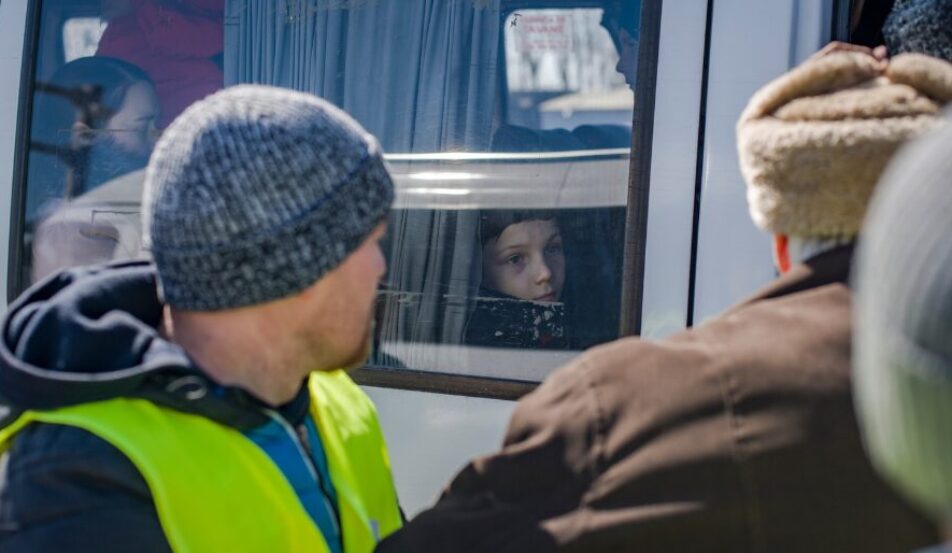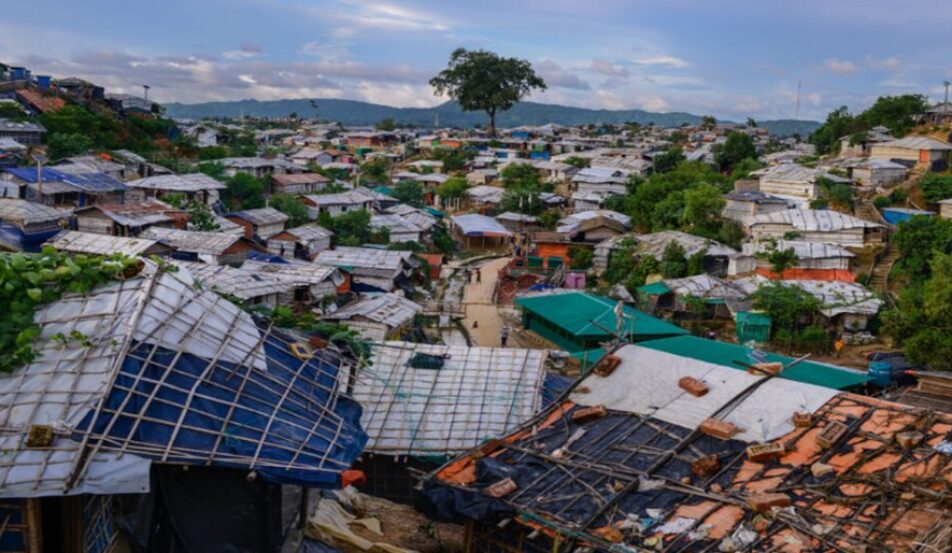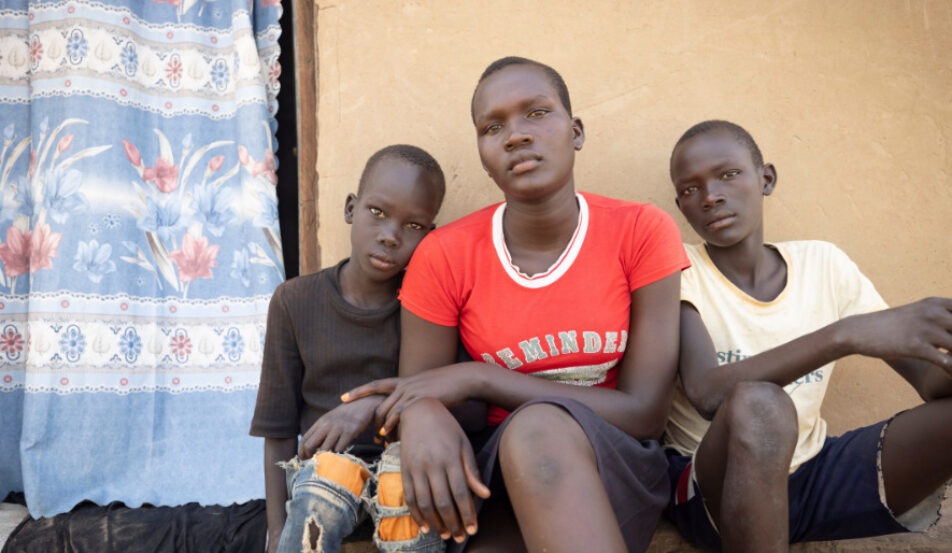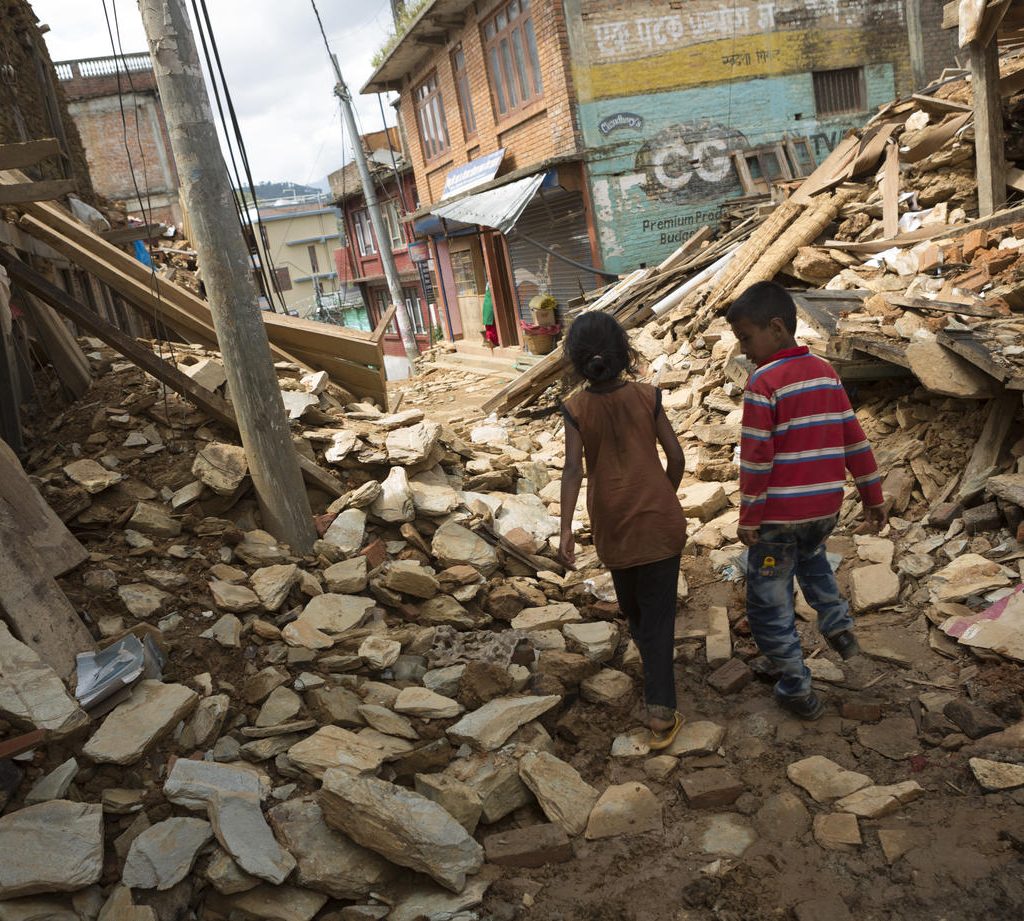Child-focused organisations like ChildFund Australia and Plan International Australia carefully consider children in planning and enacting our emergency responses. We do this by working with girls, boys and their families to ensure we tailor our response to their individual needs. As child-focused agencies, this is our mandate.
We are calling for all humanitarian actors to adopt a child-centred response. That means putting children first. The majority of those affected by humanitarian emergencies are children, therefore focusing on children is beyond good practice. It`s simply a matter of assisting those most impacted, which is everyone’s goal.
In Australia, Plan and ChildFund have led a working group of NGOs this year to lobby the Australian Aid program on ways to better address the specific needs of children in future planning for emergency responses. We want to see child protection programming as a critical component of all Australian-funded humanitarian responses. We also want to see dedicated funds for ‘fit for purpose’ agencies to strengthen the capacities of first responders to identify and mitigate safety risks to children that amplify in the aftermath of an emergency.
Ensuring the protection of children in emergencies is life-saving and can only be achieved through joint collaboration. We look forward to furthering the discussion this week with our global partners on child-centred initiatives for keeping children safe before, during and after a disaster strikes.
On the agenda are new ways of protecting children in our emergency work, including the sector’s plans to address the Global Goals, as well as to advance the use of the Minimum Standards for Child Protection in Emergencies.
Plan and ChildFund are proud to be a part of setting this global agenda.
[1] The annual meeting of the Child Protection Area of Responsibility group, and the launch of the Global Alliance for Child Protection in Humanitarian Action.







